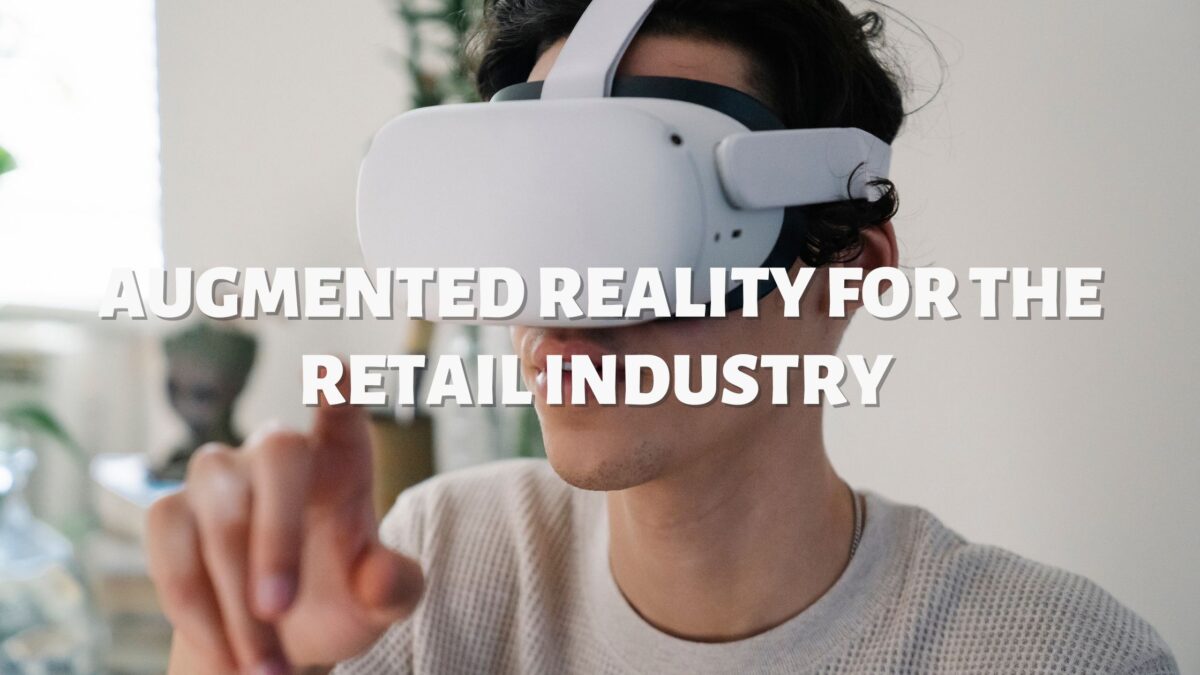Augmented reality (AR) is an enhanced version of the real physical world that is achieved through the use of digital visual elements, sound, or other sensory stimuli and delivered via technology.
For the retail industry, AR as an emerging technology can facilitate the relationships between consumers and brands. The investigation shows that 66% of consumers are interested in using AR to help with their purchasing decision. Also, the pandemic has accelerated the online retail industry and will drive up the number.
Benefits of AR
There are many benefits that AR can provide for retailers, for example:
- Increase revenue: consumers who use AR compared with those who do not are expected to spend 20.7% more time on the app and viewed 1.28 times more products on average. Also, the likelihood of making a purchase for AR users is 19.8% higher.
- Enhance consumer engagement and experience. AR can ignite consumers’ interest by providing a virtual experience. They can try different variations of the products simply at home. Knowing all the details, customers may also tend to come back and shop for more.
- Reduce product returns. AR provides consumers with more information by allowing them to virtually “try before they buy,” which will reduce return rates.
- Create sharable social media content. AR can also serve as a powerful organic marketing tool, allowing consumers to share on social media, which helps increase product& brand awareness.
Use Cases
Examples of AR in retail include:
- Virtual shopping. By creating an AR store, a brand can enable customers to try on different products virtually and bring the in-store experience to a higher level. This application of AR in retail can be seen in popular stores that sell makeup, clothes, shoes, and other wearables. An example is L’Oréal, which applied AR in its Makeup Genius app to allow customers to try out different shades of makeup on their faces virtually and even mix different products to see how they look before buying.
- Virtual fitting room. AR enables consumers to try on clothing or beauty products virtually even if they don visit the physical store, which helps solve the problem of a poor fit. Timberland is an example of a clothing brand that offers virtual fitting rooms, where customers can try out outfits for their collections without wearing them.
- Virtual home items. AR shopping offers customers a way to see products at home before purchasing them. IKEA for example allows customers to preview how furniture will look in their homes in 3D.
- Brand marketing and advertising. The ability of AR to build immersive experiences allows consumers to play a pivotal role in the brand story, which offers brands a major competitive advantage in their marketing efforts. An example is Starbucks launched an ins filter called ‘Which Drink?”.
- Complete product information. AR uses in stores can provide additional product information that your customers may not get easily in physical or online stores. Examples are top automotive brands such as Mercedes Benz and Hyundai use AR-powered digital car manuals to explain automotive features in a highly interactive way. Want to find out more about exciting innovations happening in the Retail Tech space? Join our 3-month Retail Tech Accelerator event that starts on the 10th of October!
Want to find out more about exciting innovations happening in the Retail Tech space? Join our 3-month Retail Tech Accelerator event that starts on the 10th of October!
About Us
The UK Launchpad is an innovation ecosystem specialising in supporting tech companies looking to enter or raise money in the UK and European markets. If you would like to see if we can help your company:
Email us at contact@uklaunchpad.com
Visit our website at www.uklaunchpad.com


